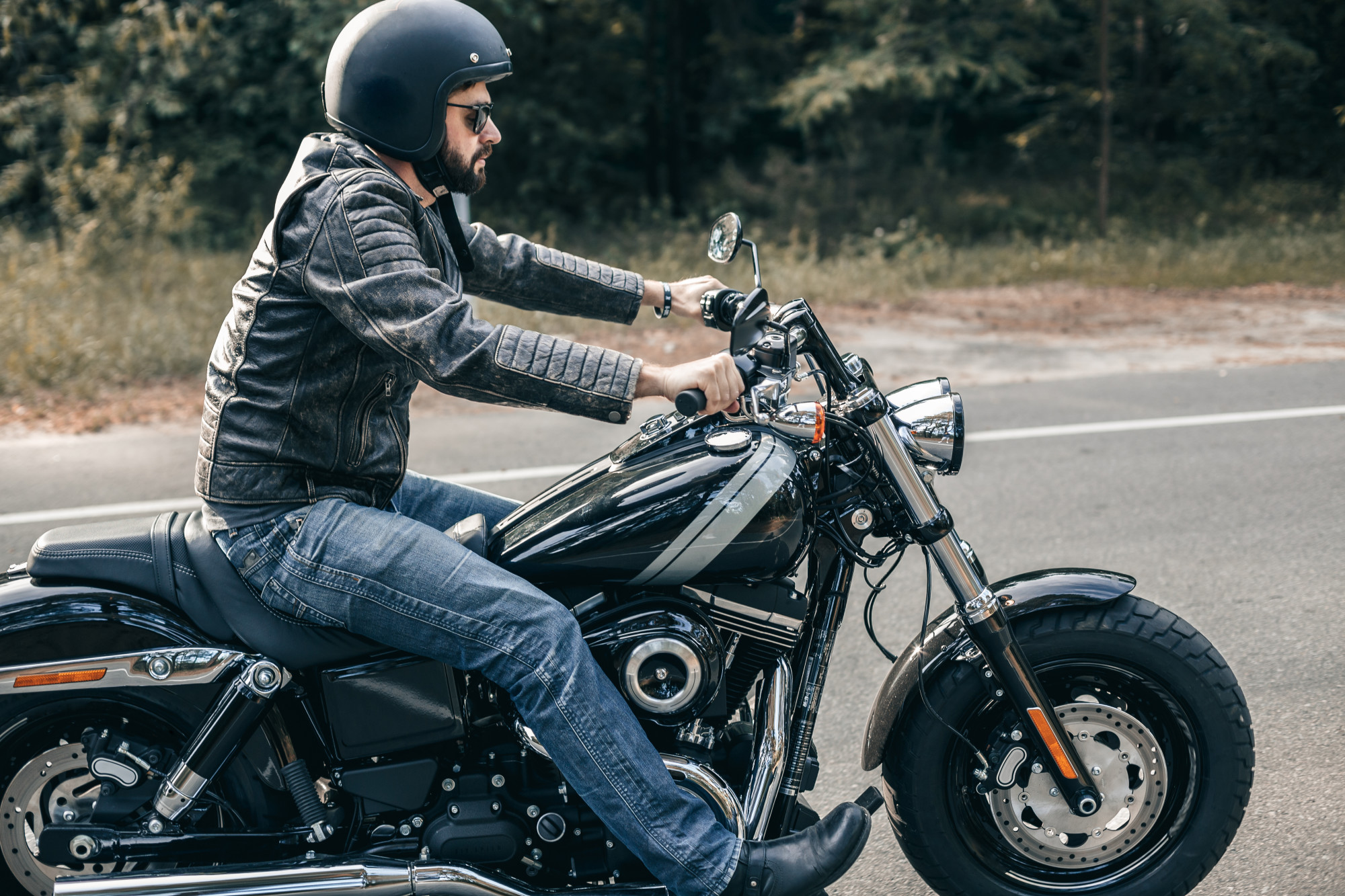Imagine speeding down the road with the wind blowing through your helmeted hair. There’s a certain freedom in riding a motorcycle that draws many to it. There’s also a sense of fear.
Learning how to ride a motorcycle is a lot like learning how to ride a car. It’s exciting, but also kind of scary. If you slip up, you could get seriously injured, or worse.
That’s why you’ve got to take the time to take classes and get ready by investing in safety gear. Once you do that, it’s all a matter of getting your license and hopping on the bike. Keep reading to learn more.
Invest In Safety Gear
Riding a motorcycle can be dangerous. You can get scratched up by having an accident in a parking lot. You can only imagine how serious your injuries would be if you crashed while going at top speeds on the open road.
Wearing the right safety gear can offer some level of protection from the asphalt. You’re going to need a helmet. That much is obvious.
A thick leather jacket can shield your skin if you slide across the road. You also need gloves, motorcycle pants, and a pair of boots.
Pick a Motorcycle
Now that you look the part, it’s time to choose a motorcycle. Many people make the mistake of picking out the coolest one that they can find, but aesthetics should be the last thing you consider.
You need a bike that’s good for beginners. All the controls have to be easy for you to get to.
You need to be able to place your feet flat on the ground while sitting on the motorcycle. Lastly, it should be simple to control. There are many types of motorcycles out there that should suit your needs.
While you’re buying your bike, consider picking up some spare kawasaki oem parts. Having extras in the event of an emergency is always a plus.
Insurance, License, and Registration
Getting all your paperwork squared away is the least fun part of riding a motorcycle, but it has to get done. First things first, you’ve got to enroll in a safety class.
After you finish up, you’ll have to take a test through the course you signed up for. You’ll take a second written test at the DMV.
Once you have your license in hand, it’s time to get yourself insured. This is non-negotiable given how vulnerable motorcyclists are to accidents.
Mounting the Bike
Your training course should have gone over the basics such as mounting a bike, but we’re going to do a quick refresher. Move so you are on the left side of your bike.
Reach your right hand over and grasp the right handle. Do the same with your left. Shift your weight onto your left leg and swing your right one over the bike.
Make sure to lift your left leg as high up as it will go, or you might trip yourself up.
Sit down, and congratulations! You made it onto the bike. Take the time to learn where your controls are before you start up the machine.
Start It
Like with driving a car, turn the key to the on position. This will cause all the dash lights to blink. Shift the bike into neutral gear.
Pull your clutch in and use your left foot to press the shift lever until it’s all the way down. Use the same foot to pull it slightly up.
Turn the kill switch to on and press the start button. Your motorcycle should roar to life.
Begin Riding
Pull the clutch down, push your shifter to first gear, release the clutch, and twist the throttle. As your bike begins to move forward, place your feet on the pegs.
You’re now ready to take off down the road. Just be careful during your first time out.
Stay Alert
It doesn’t matter if you’re an expert at riding a motorcycle or not. It’s always possible to get into an accident. Some people disobey the laws, which can put you in danger if you don’t stay alert.
Since it’s easy for you to drift into other drivers’ blind spots, you can’t afford to be careless.
Stay away from highly congested roads while you’re still a beginner. This way, you have time to grasp the basics before giving the crowded streets a try.
Don’t Add a Second Passenger Yet
No matter how much someone asks, don’t add a passenger until you’re comfortable with riding a motorcycle. You’ll have to make adjustments to the bike’s suspension to account for the second person.
Not to mention, you’ll have to put a little more effort into turning and breaking due to the extra weight that you’re packing on.
If you do bring on a passenger, make sure it’s someone who’s ridden on a bike before. They’ll know what to expect when it comes to tagging on as a passenger. They can also give you some helpful motorcycle tips.
Learning How to Ride a Motorcycle for Beginners
There’s something freeing about learning how to ride a motorcycle. Don’t get so swept up in the fun that you forget to take the right precautions, however.
If you neglect to purchase safety gear, refuse to get insurance, or take on the congested highways before you’re ready, you may end up harming yourself or another person. Enjoy the feeling of the wind blowing through your helmeted hair, but stay safe while you do it.
Are you looking for more ways to make the most out of your new motorcycle? Check out our website for all the latest tips and tricks.




